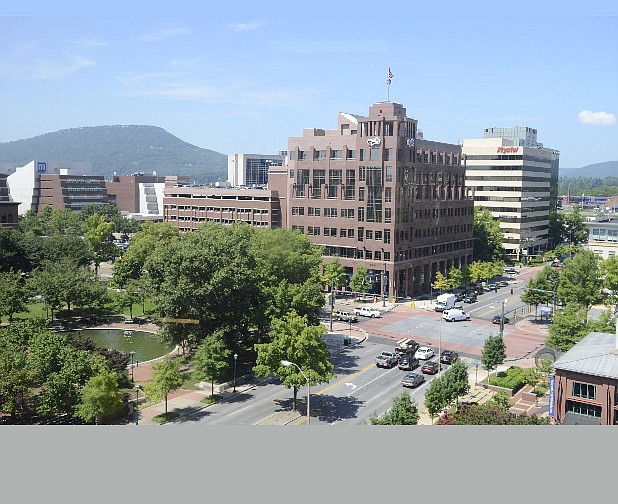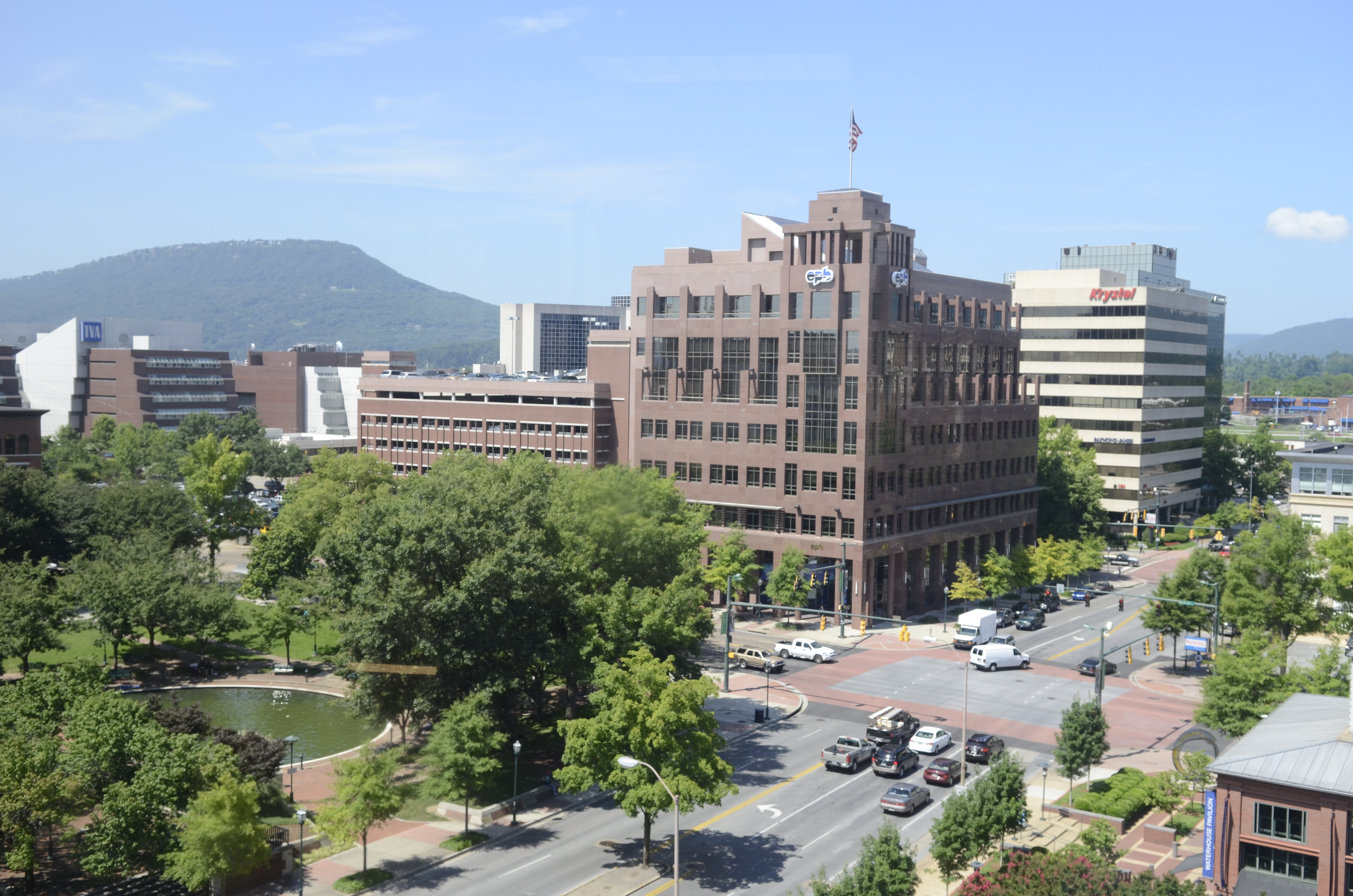It's rare for a power utility to gets kudos from an environmental group, but Chattanooga's EPB on Monday earned the praise of the Sierra Club of Tennessee.
The state chapter of the Sierra Club presented the Electric Power Board with its Energy Efficiency Star Award for the uitlity's efforts to morph EPB's headquarters building at West M.L. King Boulvard and Market Street into a model for retrofitted energy efficiency.
In June, the 7-year-old building became the first existing structure in the city to achieve Leadership in Energy & Environmental Design, or LEED, certification. Typically, developers seek LEED certification at the beginning of construction of new buildings -- but not EPB.
Elizabeth Hammitt, administrator of environmental policy for EPB, said LEED wasn't very well known when plans for the building were drawn in 1999. But the city-owned utility started seeking the certification a year after it was built.
"EPB's mission is to improve the quality of life for people. For us, improving the quality of life in our building made sense," Hammitt said Monday.
For the power company, that meant tightening water usage monitoring, installing lights that turn on and off on their own, improving the heating and cooling system and a litany of other green tricks.
The changes have paid off, she said.
It cost the company about $125,000 and a year of work to implement the changes. Since then, it has seen about $131,650 in annual savings, Hammitt said.
"It does make financial sense. Going green doesn't really mean more money. I think we've proven that if you focus on efficiency first, [savings] quickly out weigh the costs of going green," she said.
But there are energy and resource savings too. The company has saved 5.7 million kilowatthours in electricity and enough water to fill 15 standard U.S. swimming pools in 2013.
The Sierra Club's Sandra Kurtz hopes other power providers -- and other companies -- will follow EPB's lead.
"Green buildings are a key part of the solution to improving air quality, creating jobs and reducing costs. By retrofitting its headquarters, EPB is leading by example, and we look forward to having this building serve as a green model for other local power companies to achieve energy savings," Kurtz said in a statement Monday.
The designation put EPB in a club with Volkswagen, the University of Tennessee at Chattanooga and 36 others responsible for making Chattanooga second in the state for LEED certified buildings, according to Jacob Kriss, a spokesman for the U.S. Green Building Council.
To be certified, projects have to score above a 40 on a checklist of LEED standards, which rate water and power usage and efficiency, recycling practices, transportation for employees and many other facets of environmental impact. The higher the score, the greater the designation. A score of 50 or more gets a silver, 60 or more is gold and 80 or more is platinum, the highest designation.
LEED certification was possible for EPB because the company was the first to employ the green building council's alternative compliance path. That means instead of meeting stringent new building standards, EPB earned its badge by reducing energy consumption by 25 percent and meeting other key standards, Hammitt said.
Chattanooga is home to 38 LEED certified projects. Only Nashville has more in the state, with 55 buildings. Together, the two cities are home to nearly half of the the state's 208 LEED buildings, according to the council's records.
But, largely thanks to the platinum certified Volkswagen Assembly Plant, Chattanooga's square footage outpaces the state capital -- by nearly 2 million square feet.
Nashville has 4.1 million square feet of LEED buildings. But the Scenic City boasts 5.9 million square feet of energy efficient building space.
Contact staff writer Louie Brogdon at lbrogdon@timesfreepress.com or at 423-757-6481.

